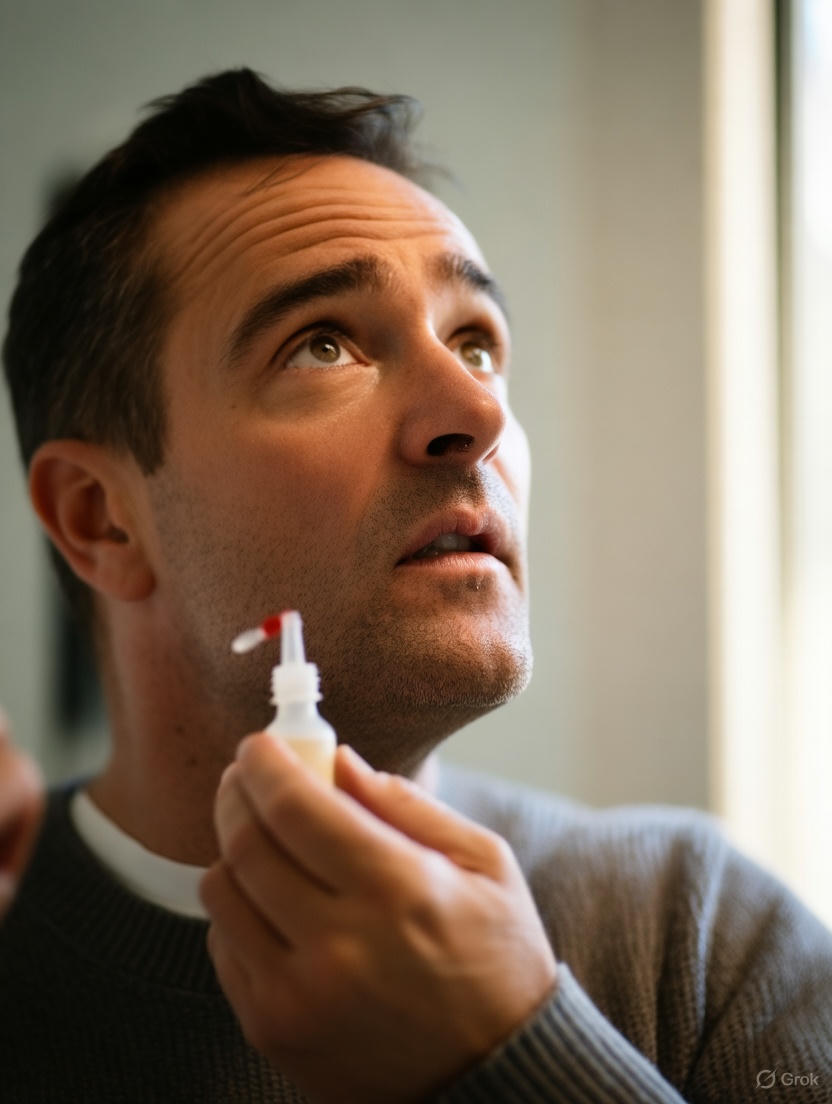Epiretinal Membrane (ERM): When a Thin Layer Affects Clear Vision
Understanding Epiretinal Membrane
An epiretinal membrane (ERM) is a very thin, almost transparent layer of tissue that can form on the inner surface of the retina, especially over the macula, which controls sharp central vision.
As the membrane slowly tightens, it can cause the retina to wrinkle slightly, resulting in blurred or distorted vision.
This condition is also known as macular pucker or cellophane maculopathy.
Why Does It Occur and Who Gets It?
Epiretinal membrane is most often related to age-related changes in the eye, but it can also occur after:
- Retinal tear or detachment
- Eye inflammation (uveitis)
- Diabetes-related retinal disease
- Previous eye surgery (such as cataract removal)
Sometimes, the cause is unknown. It most commonly affects people over the age of 50.
What Are the Typical Symptoms?
ERM develops gradually. Early on, patients may not notice much change, but over time, symptoms can include:
- Blurred or distorted central vision
- Straight lines appear wavy or uneven (metamorphopsia)
- Difficulty reading or focusing on fine details
- Objects appearing smaller or misshapen
Many people describe it as if they are “looking through a thin film or plastic sheet.”
How Is It Diagnosed?
Your ophthalmologist can detect an epiretinal membrane through a retinal examination and an OCT (Optical Coherence Tomography) scan.
OCT imaging shows a cross-section of the retina, helping the doctor see the exact thickness and tension of the membrane.
It’s a quick, non-invasive, and painless test that plays a key role in deciding the best treatment.
Treatment Options and Modern Surgery
If vision is only mildly affected, your doctor may simply monitor the condition.
When the membrane starts to distort vision or reduce quality of life, vitrectomy surgery can be performed to remove it.
Vitrectomy Explained
Vitrectomy is a delicate microsurgical procedure where the eye’s gel-like vitreous is removed, and the thin membrane is carefully peeled from the retina’s surface.
It is typically done under local anesthesia, takes less than an hour, and most patients return home the same day.
Gradual visual improvement is expected in the following weeks or months.
Recovery and Results
After surgery, vision improvement occurs gradually.
Some patients notice progress within weeks, while for others it may take a few months.
The success of the procedure depends on the retina’s health and how long the membrane has been present.
Postoperative care — using eye drops and attending follow-up visits — is essential for a smooth recovery.
Can Epiretinal Membrane Be Prevented?
It cannot always be prevented, but you can reduce your risk by:
- Controlling diabetes and blood pressure
- Having regular eye examinations after age 50
- Protecting eyes from injuries
- Seeking early treatment for retinal tears or bleeding
Epiretinal Membrane Treatment in Turkey
At Kaşkaloğlu Eye Hospital in İzmir, our retina specialists diagnose and treat epiretinal membrane and other macular conditions using advanced imaging systems and state-of-the-art surgical technology.
With decades of experience and high patient satisfaction, our goal is to restore your vision safely and effectively.
Frequently Asked Questions (FAQ)
1. Is epiretinal membrane surgery painful?
No. Vitrectomy for ERM is usually performed under local anesthesia. You will be awake but feel no pain during the procedure. Most patients describe it as comfortable.
2. How long does recovery take?
Most patients experience gradual improvement in vision over a few weeks to a few months. The exact timeline varies depending on each eye’s condition.
3. Can both eyes be affected?
Yes, but usually one eye is affected more than the other. Regular eye examinations help detect early changes before symptoms appear.
4. Will the membrane come back after surgery?
Recurrence is rare but possible. Careful surgical removal minimizes this risk. Long-term follow-up helps detect any new changes early.
5. Can glasses or drops cure epiretinal membrane?
Unfortunately, no. Glasses may help improve clarity temporarily, but only surgery can remove the membrane once it forms.
6. Is vitrectomy safe?
Yes. It’s a well-established, highly successful microsurgical procedure when performed by experienced retina surgeons. At Kaşkaloğlu Eye Hospital, modern surgical techniques and equipment ensure maximum safety and precision.
SEO Title (Meta Title):
Epiretinal Membrane Treatment in Turkey | Symptoms, Surgery & Recovery | Kaşkaloğlu Eye Hospital İzmir
Meta Description:
Learn about epiretinal membrane (macular pucker) — its symptoms, diagnosis, and advanced vitrectomy treatment options in Turkey at Kaşkaloğlu Eye Hospital, İzmir.
Focus Keywords:
epiretinal membrane treatment Turkey, macular pucker surgery, ERM surgery İzmir, vitrectomy Turkey, retina specialist, macular disease treatment, eye hospital Turkey, Kaşkaloğlu Eye Hospital, blurry vision treatment



